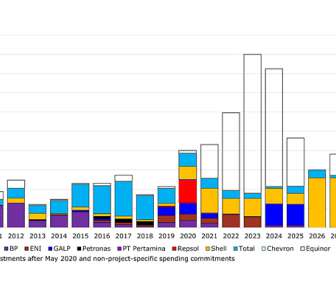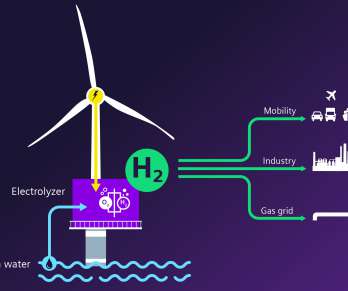The Complex Calculus of Clean Energy and Zero Emissions
Cars That Think
NOVEMBER 20, 2023
Congress has provided hundreds of billions of dollars to speed the deployment of clean-energy technologies. As legislation worked its way through Congress, Jenkins’s team provided elected officials, staffers, and stakeholders with a running tally of the possible trade-offs and payoffs in emissions, jobs, and economic growth.

























Let's personalize your content